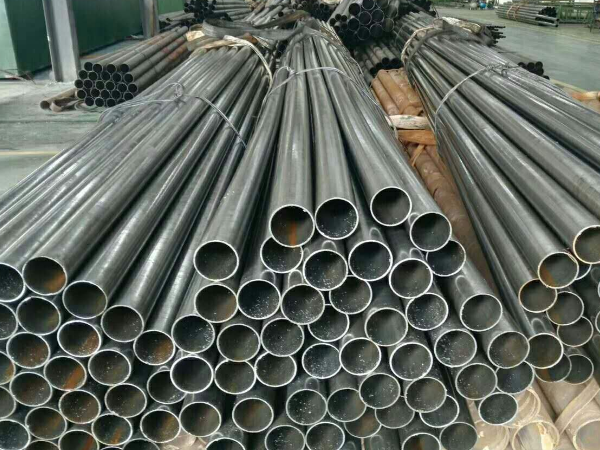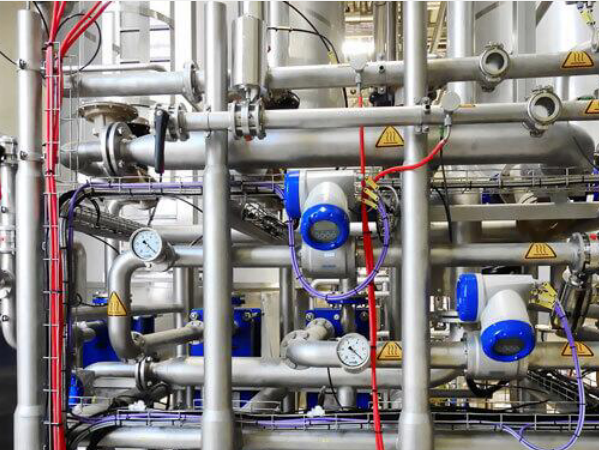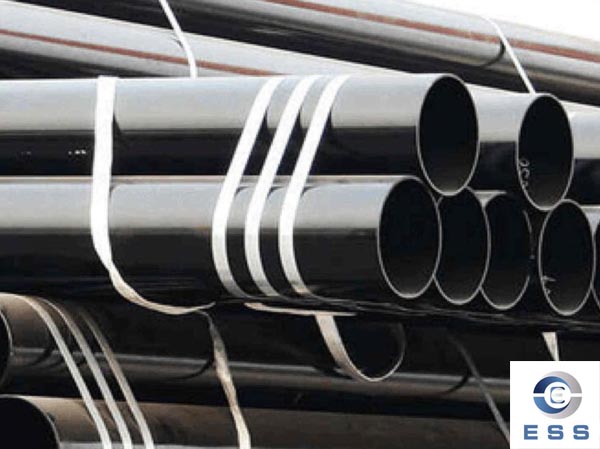El decapado de tuberías del sistema hidráulico consiste en eliminar las manchas de óxido y aceite de la superficie interna de la tubería metálica mediante acción química, de modo que la superficie metálica quede lisa y se garantice el funcionamiento fiable del sistema hidráulico. El decapado de tuberías debe realizarse de forma científica, normal y razonable para que el sistema hidráulico funcione con normalidad y alcance su máximo rendimiento. El decapado de tuberías incluye el decapado de tanques y el decapado por circulación.
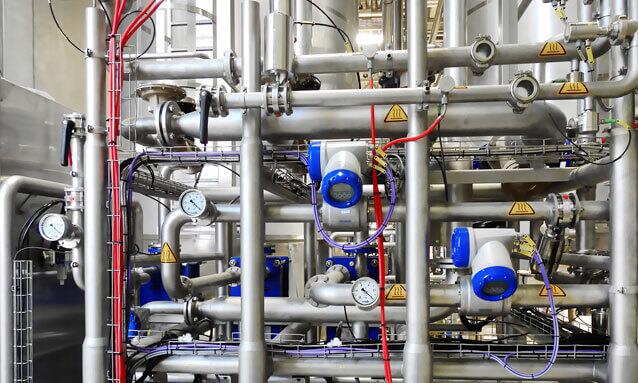
Precauciones para el decapado
(1) Antes del decapado, se debe verificar la calidad y tomar medidas antiácidas para las roscas y las superficies de sellado.
(2) Antes del decapado, se debe realizar una prueba de presión según los requisitos (la presión de prueba es de 1,5 a 2 veces la presión máxima de trabajo). Si no cumple con los requisitos, se puede reparar de acuerdo con las normas de reparación de costuras de soldadura mencionadas anteriormente. Tras pasar la prueba de presión, se debe preparar el decapado.
(3) La concentración de la solución decapante y la proporción de cada componente se deben determinar según el grado de corrosión de la tubería hidráulica y la calidad del agua utilizada.
(4) Después del decapado, si se utiliza aire comprimido para la protección contra salpicaduras de aceite, este debe estar seco y limpio.
(5) El agua de decapado debe estar limpia.
(6) Después del decapado y el restablecimiento del tubo hidráulico, se debe enjuagar lo antes posible; de lo contrario, se debe engrasar de 2 a 3 veces por semana. (7) En el caso de tuberías recubiertas con pintura, se debe utilizar un decapante para eliminar la pintura antes del decapado.
(8) El decapado debe realizarse según el grado de corrosión, la concentración de ácido y la temperatura, y el tiempo de decapado debe controlarse cuidadosamente, evitando un decapado excesivo.
Método de decapado de tuberías
Actualmente, en la construcción se utilizan tanto el método de decapado en tanque como el de decapado de circulación de tuberías hidráulicas.
1. Método de decapado en tanque
Retire la tubería hidráulica instalada, introdúzcala en el tanque de decapado después del desmontaje e instálela después del tratamiento. Este método es adecuado para tuberías cortas de gran diámetro, tuberías rectas, fáciles de desmontar y para la construcción de tuberías pequeñas, como tuberías en dispositivos hidráulicos como estaciones de bombeo y estaciones de válvulas, y sistemas hidráulicos con pequeñas tuberías in situ, todos los cuales pueden utilizar decapado de tipo ranurado.
Proceso y fórmula de decapado de tanques
Decapado de tanques: Generalmente, se lleva a cabo según el siguiente proceso: desengrasado → lavado con agua → decapado → lavado con agua → neutralización → pasivación → lavado con agua → secado → aplicación de aceite antioxidante (agente) → sellado.
(1) Grado. La fórmula del líquido desengrasante es: (NaOH) = 9% ~ 10%; (Na3PO4) = 3%; (bicarbonato de sodio) = 1,3%; (Na2SO3) = 2%; el resto es agua. Los requisitos del proceso operativo son: temperatura del líquido 70-80 °C, remojo durante 4 horas.
(2) Enjuague con agua. Enjuague con agua limpia a una presión de 0,8 MPa.
(3) Decapado. La fórmula de la loción ácida es: HCl 13% ~ 14%; (CH₂)₆N₄ es 1%; el resto es agua.
Los requisitos del proceso operativo son: remojo a temperatura ambiente durante 1,5 a 2 horas.
(4) Enjuague con agua. Enjuague con agua limpia a una presión de 0,8 MPa.
(5) Segundo decapado. La fórmula del decapante es la misma que la anterior. Los requisitos del proceso operativo son: remojo a temperatura ambiente durante 5 minutos.
(6) Neutralización. La fórmula de la solución de neutralización es: NH₄OH se diluye hasta obtener una solución con un pH de 10-11. Procedimientos operativos
Los requisitos son: remojo a temperatura ambiente durante 2 minutos.
(7) Pasivación. La fórmula de la solución de pasivación es: NaNO₂ es 8%-10%; NH₄OH es 2%; el resto es agua.
Los requisitos del proceso son: remojo a temperatura ambiente durante 5 minutos.
(8) Enjuague con agua. Enjuague con agua pura a una presión de 0,8 MPa. (9) Secado rápido. Secar con vapor, vapor sobrecalentado o aire caliente.
(10) Sellar la boquilla. Sujetar con tapones de plástico o varias capas de láminas de plástico.
Si la tubería hidráulica tratada con el método anterior está limpia y la pared brillante, puede almacenarse durante aproximadamente dos meses sin oxidación; si se conserva bien, este tiempo puede prolongarse.
2. Método de decapado circulante en la tubería
Los componentes hidráulicos se desconectan o retiran de la tubería hidráulica instalada y se conectan con mangueras, tuberías hidráulicas y tapas de lavado para formar un circuito de lavado. Se utilizan bombas de ácido para bombear el líquido ácido al circuito para el decapado cíclico. El método de decapado es una tecnología de construcción relativamente avanzada en los últimos años. El decapado es rápido, el resultado es bueno, el proceso es simple, la operación es conveniente, se reduce la contaminación para el cuerpo humano y el medio ambiente, se reduce la intensidad de la mano de obra y se acorta el período de instalación de la tubería hidráulica. Resuelve el problema del difícil decapado de tuberías largas y complejas, y evita la contaminación secundaria durante el montaje, que tiende a causar decapado en tanques. Se utiliza ampliamente en la construcción de tuberías de grandes sistemas hidráulicos.
Proceso y fórmula del decapado cíclico
El decapado cíclico se lleva a cabo generalmente en los siguientes pasos: prueba de fugas de agua → desengrasado → enjuague con agua → decapado → enjuague → pasivación → enjuague con agua → secado → recubrimiento con aceite antioxidante.
(1) Prueba de fugas. Llene el recipiente de prueba con aire comprimido a una presión de 1 MPa.
(2) Grado. La fórmula del líquido desengrasante es la misma que la del proceso de decapado de tanques. Los requisitos del proceso operativo son: temperatura del líquido de 40-50 °C, circulación continua durante 3 horas.
(3) Tapa de la válvula. Utilice aire comprimido a una presión de 0,8 MPa para rociar el líquido desengrasante.
(4) Enjuague con agua. Utilice agua a una presión de 0,8 MPa para eliminar el líquido restante.
(5) Decapado. La fórmula del líquido de decapado es: HCl (9%~11%); (CH₂)₆N₃ (1%); el resto es agua. Los requisitos del proceso operativo son: ciclo intermitente de 50 min a temperatura ambiente.
(6) Neutralización. La fórmula de la solución de neutralización es: NH₄OH se diluye hasta obtener una solución con un pH de 9~10. Los requisitos del proceso operativo son: circulación continua a temperatura ambiente durante 25 minutos.
(7) Pasivación. La fórmula de la solución de pasivación es: (NaNO₂) = 10%~14%; el resto es agua. Los requisitos del proceso operativo son: ciclo intermitente de 30 min a temperatura ambiente.
(8) Enjuague con agua. Enjuague continuamente durante 10 minutos con agua pura a una presión de 0,8 MPa y una temperatura de 60 °C.
(9) Secado. Seque con vapor sobrecalentado.
(10) Engrase. Llene la bomba hidráulica con aceite hidráulico.
3. Lavado circular de tuberías hidráulicas
Tras el decapado de las tuberías hidráulicas, se pueden conectar en una mesa de lavado especial para realizar un lavado circular. Las precauciones son las siguientes:
(1) Al añadir aceite de lavado al depósito de aceite, este debe filtrarse y la precisión de filtración no debe ser inferior a la del sistema.
(2) Inspeccionar el depósito de combustible antes de añadir el fluido de lavado y comprobar que no presente suciedad visible en su interior.
(3) Utilizar el aceite de lavado adecuado para el lavado de bombas de aceite hidráulico, depósitos de aceite, filtros, etc.
(4) Durante el proceso de lavado, se recomienda utilizar métodos como cambiar la dirección de lavado y vibrar para cerrar el circuito y mejorar el efecto del lavado.
(5) El caudal del aceite de lavado debe generar turbulencia; su temperatura no debe superar los 50 °C cuando se utiliza un fluido con alto contenido de agua. Si se utiliza aceite hidráulico, no debe superar los 60 °C. Dentro del límite de temperatura mencionado, la temperatura del aceite de lavado debe ser alta.
(6) Preste atención siempre a la contaminación del filtro y reemplácelo inmediatamente si se alcanza el nivel de contaminación.
(7) El aceite de lavado debe drenarse después de lavar la tubería hidráulica para que pase. Sin embargo, al lavar con fluido de trabajo, si los indicadores de calidad del aceite de lavado se mantienen dentro del rango requerido, se puede conservar.
(8) Después de lavar la tubería hidráulica, ambos extremos deben envolverse inmediatamente con un paño de plástico limpio.
(9) El aceite de lavado debe ser compatible con el fluido de trabajo del sistema y los materiales de todos los sellos del sistema, y su viscosidad debe ser baja.
4. Lavado con aceite de lavado
Para el lavado con aceite de lavado, se debe prestar atención al control del flujo, la presión, la temperatura, la limpieza y la evaluación del resultado del lavado. Generalmente, se utiliza aceite de lavado con menor viscosidad.
Control del caudal de aceite de lavado
La bomba de lavado se selecciona según la velocidad del flujo cuando el líquido fluye en la tubería de mayor diámetro de la tubería de lavado en estado turbulento y la suma de las áreas transversales de las tuberías de derivación cuando las tuberías están conectadas en paralelo. Generalmente, se utiliza una bomba de paletas de alta presión. El control del caudal de aceite de lavado consta de dos partes: regulación del caudal de derivación y regulación del caudal de derivación. 1) Regulación del caudal de derivación. Ajuste de la derivación: El caudal de la bomba de lavado seleccionada suele ser mayor que el caudal de diseño, por lo que se debe utilizar una derivación para desviar el flujo. Durante el lavado, abra la válvula de cierre al máximo y, a continuación, ponga en marcha la bomba de lavado. Posteriormente, ajuste gradualmente el tamaño del interruptor de la válvula de cierre para lograr el mejor efecto de lavado. 2) Regulación del caudal de derivación. Durante el lavado, asegúrese de que el líquido en cada derivación esté en estado turbulento. Existen válvulas de cierre antes y después de cada derivación para ajustar el caudal de aceite de lavado. Si es necesario, se puede instalar un caudalímetro en la tubería principal para confirmarlo.
Control de la presión del aceite de lavado
La presión del aceite de lavado se controla entre 4 y 6 MPa. Para circuitos de lavado con tuberías largas, diámetros de tubería delgados, cambios repentinos en el diámetro de las tuberías o múltiples curvas, aumente el número de ramales para acortar la longitud de la tubería de lavado y reducir la pérdida de presión. Al mismo tiempo, ajuste el tamaño de los interruptores de las válvulas de corte delantera y trasera de cada ramal para lograr el lavado conmutado.
Leer más: Modelos de unión de tuberías hidráulicas sin costura americanas o Diferencia entre tubería sin costura y tubería con costura









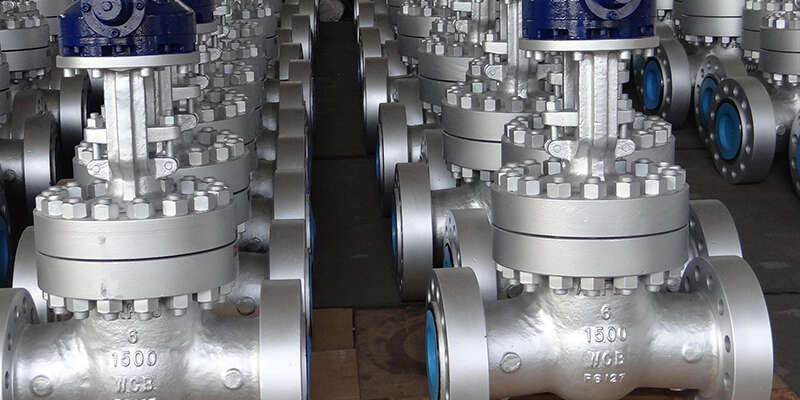
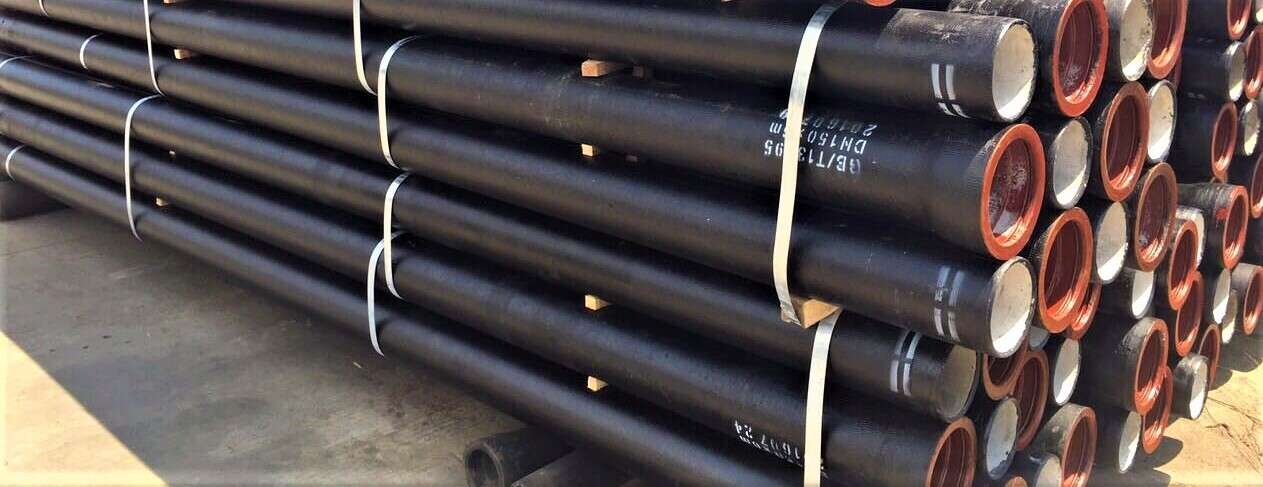


 Eastern Steel Manufacturing Co., Ltd no solo mejora la producción de productos y los servicios de venta, sino que también brinda servicios adicionales de valor agregado. Siempre que lo necesite, podemos completar sus necesidades específicas juntos.
Eastern Steel Manufacturing Co., Ltd no solo mejora la producción de productos y los servicios de venta, sino que también brinda servicios adicionales de valor agregado. Siempre que lo necesite, podemos completar sus necesidades específicas juntos.







